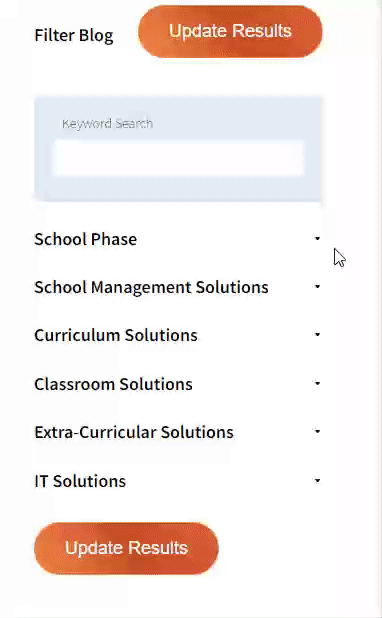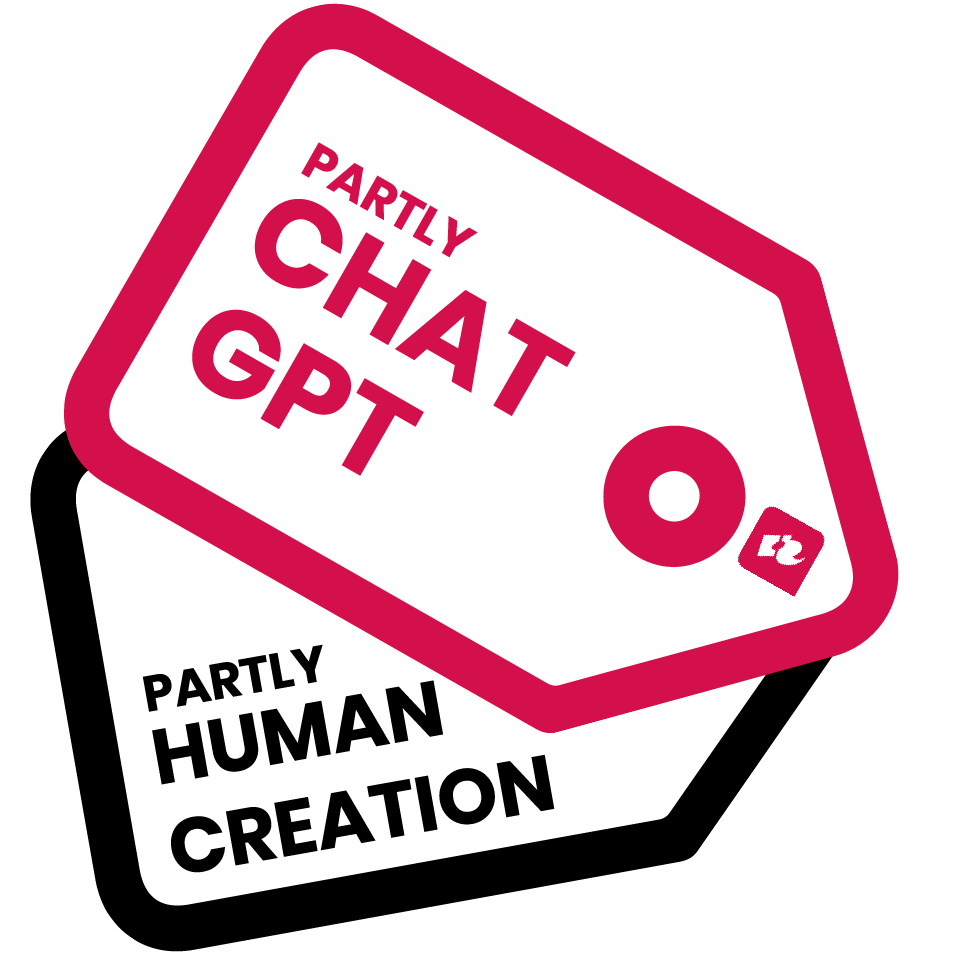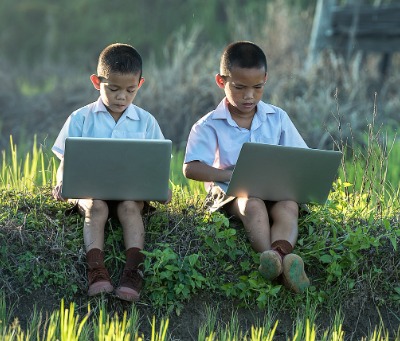


Our team sorts through all blog submissions to place them in the categories they fit the most - meaning it's never been simpler to gain advice and new knowledge for topics most important for you. This is why we have created this straight-forward guide to help you navigate our system.


And there you have it! Now your collection of blogs are catered to your chosen topics and are ready for you to explore. Plus, if you frequently return to the same categories you can bookmark your current URL and we will save your choices on return. Happy Reading!
ChatGPT is currently a hot topic, with teachers worldwide pondering, ‘How can I ensure that my students don’t become overly reliant on ChatGPT to complete their homework?’
Based on our experience, we understand that outright prohibition of ChatGPT is not the correct solution. In the long term, it may only promote secretive usage among students, leading to an atmosphere of mistrust and dishonesty. Instead of preventing students from utilising it, you can permit the use of the language model in your own unique manner. 😉

Offer your students the option to use ‘responsible’ labels to indicate whether their homework or assignments were generated by ChatGPT, created entirely by humans, or a blend of both. This approach makes it more challenging for students to engage in dishonest practices, as it fosters open and transparent communication. Your students will understand that the use of ChatGPT is permitted, while simultaneously appreciating ‘100% human creation’ as something valuable and distinctive.
Hogeschool Rotterdam, a Dutch secondary school, is actively involved in a targeted ‘AI and Ethics programme’ aimed at encouraging the ethical use of AI. They achieve this by promoting collaborations between teachers and students, partnering with EdTech companies, and accumulating knowledge, skills, and tools such as these labels.
How about setting a challenge for your students to compete against ChatGPT? You could assign a task to your students, instructing them to initially complete it with the assistance of ChatGPT and then rewrite or recreate it without using a language model. This way, they may acquire new insights from AI, while also pinpointing any inaccuracies or areas that could benefit from enhancement or a more personalised touch. Encourage your students to not only work on the content but also on the structure and formatting of the text.

An uncomplicated approach to ensure that students independently complete their homework is by encouraging ‘homework time’ during school hours or adopting a flipped classroom method. This not only safeguards against ‘cheating’ but also ensures your availability for any questions, assistance, or motivation they may require. If you wish to be even more accommodating, you could permit the supervised use of ChatGPT and instruct them on how to use it as a helpful tool. However, it should never supplant their human approach.
What sets students apart from a language learning model? The model lacks personality, insights, opinions, and personal experiences. Its function is solely to scour the vast expanse of the internet for answers. In contrast, your students, despite their youth, have already accumulated a wealth of experiences and possess their distinct personality, insights, and opinions. Our suggestion is to infuse their personal experiences and emotions into their homework tasks. At LessonUp, we promote learning techniques that can assist you in achieving this.
Assigning homework to groups of students can prove to be an effective method to ensure mutual accountability. They can collaborate after school or during school hours, provided you can facilitate such sessions. Working together, they can delve into a subject, tackle questions, or engage in research tasks, all the while ensuring that fellow team members are not employing ChatGPT in an irresponsible manner. This could be the ideal formula for motivating your students to put forth their best effort while honing their social skills.

The author

Read more

Read more

Read more

Read more

Read more

Read more

Read more

Read more


Are you looking for solutions? Let us help fund them! Nexus Education is a community of over 11,000 schools that come together to share best practise, ideas and CPD via online channels and free to attend events. Nexus also offers funding to all school groups in the UK via nexus-education.com


Established in 2011, One Education is a company at the heart of the education world, supporting over 600 schools and academies. Our unique appeal as a provider is in the breadth and synergy of the services we offer, supporting school leaders, teachers and support staff to achieve the best possible outcomes for their pupils and staff.

School Space is a social enterprise that has empowered schools for over 12 years through their profitable and hassle-free lettings services. So far, they’ve generated over £5 million in revenue for education, helping to connect over 200 schools with their local communities.


Unify is an online sales and marketing tool that allows users to create tailored personalised documents in moments.


There’s nothing special about the energy we sell. In fact, it’s exactly the same energy as all our competitors provide. But there is something special about the way we do it. Where others complicate the process, we simplify it. Where others confuse customers with hidden terms, we’re an open book. And where others do all they can to make as much money from their customers as possible, we do all we can to make as little. Everything we do, we do it differently. Our customers are a privilege. One we’ll never take advantage of.


Securus provide market-leading monitoring solutions to safeguard students on ALL devices both online and offline. We also offer a full monitoring service, where we carry out the monitoring on behalf of the school, freeing up valuable staff resources. From the smallest school to large MAT groups, Securus offers safeguarding protection for all!


Bodet Time offers dedicated solutions to education through lockdown alerts, class change systems, PA and synchronised clock systems. Improving time efficiency of the working and school day; ensuring safety through lockdown alerts; increasing communication with customised broadcast alerts.


Robotical makes Marty the Robot - a walking, dancing coding robot that makes programming fun and engaging for learners as young as 5. Our robots come with a full Learning Platform that has complete teaching resources, to make lesson planning a breeze.